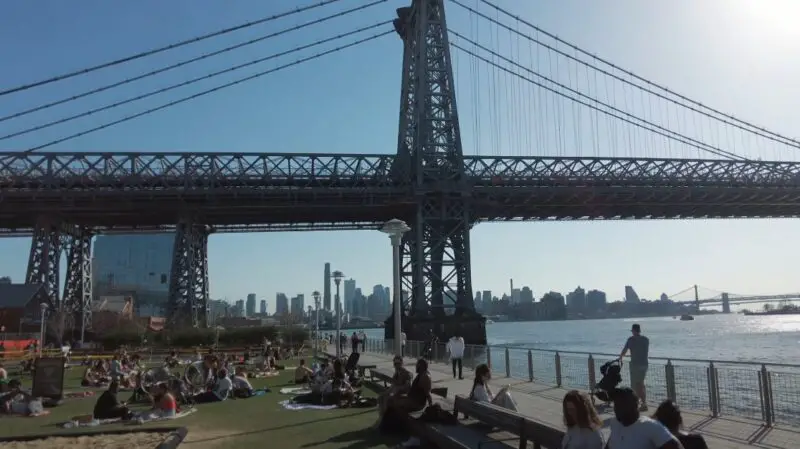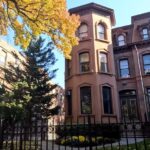Brooklyn has never been just another part of New York City. It has carried the city’s spirit through decades of change, anchoring traditions while pushing boundaries. From bustling streets filled with immigrants building their futures to neighborhoods alive with art and music, Brooklyn shaped its social fabric with authenticity and grit. Its story is not polished or manufactured; it is raw, layered, and deeply human.
The borough’s influence reaches beyond its borders, leaving a mark on everything from nightlife to community movements. Brooklyn tells the story of people coming together to create something meaningful in the middle of constant change. Its role in New York’s social scene is not about trends or fleeting moments but about generations contributing to a legacy that remains unshaken, even as it evolves.
The Early Foundations
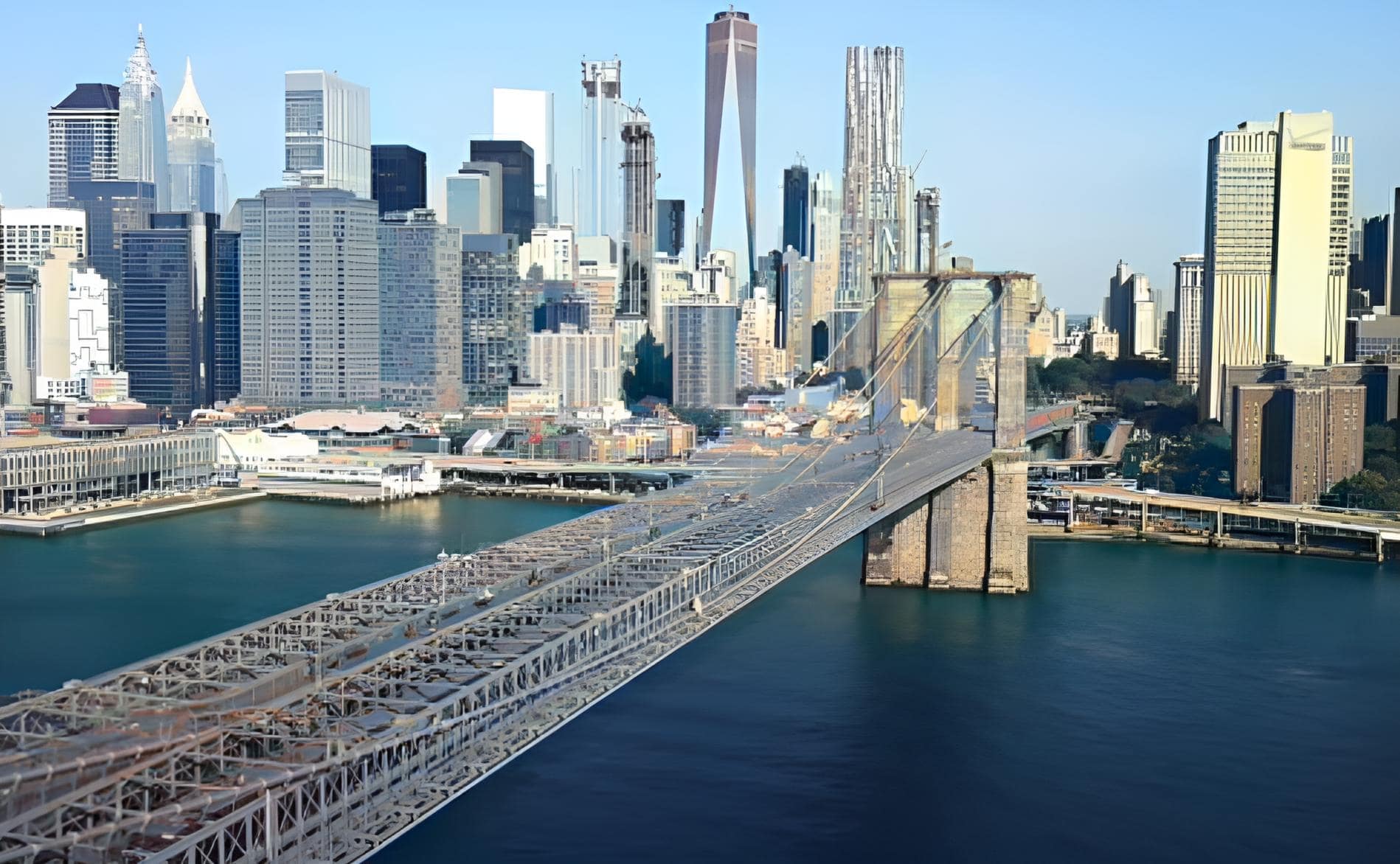
Brooklyn’s roots run deep in New York’s social history, built on waves of immigration and a resilient working-class spirit.
During the late 19th and early 20th centuries, it became a landing point for millions seeking new opportunities. This influx of diverse communities—Irish, Italian, Jewish, Polish, and others—transformed Brooklyn into a patchwork of cultures.
Each neighborhood developed its own distinct social identity, yet they all contributed to a larger sense of unity and belonging.
Civil War: The borough supported the Union through its thriving shipbuilding yards, creating a sense of purpose and identity beyond local communities.
Churches and Synagogues: Religious institutions became not just spiritual centers but also gathering places where neighbors met, debated, and built lifelong connections.
The Brooklyn Bridge as a Symbol of Unity: Its construction in the 1880s not only connected Brooklyn to Manhattan but also symbolized the borough’s growing significance in New York’s overall social framework.
Contribution to the Jazz Age and Prohibition Era
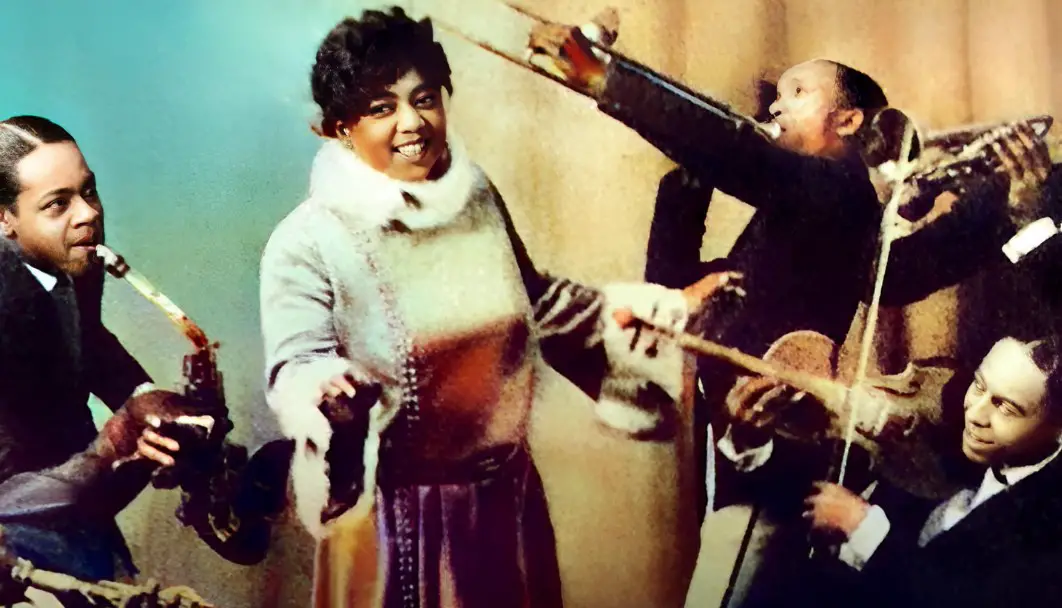
In the 1920s, Brooklyn emerged as a vibrant player in the cultural explosion known as the Jazz Age. While Manhattan’s Harlem Renaissance often takes the spotlight, Brooklyn played its own role in shaping this transformative era. Neighborhoods like Bedford-Stuyvesant and Crown Heights became gathering places for Black musicians, artists, and writers, contributing to a cultural movement that changed New York forever.
During Prohibition, Brooklyn’s underground nightlife flourished. Hidden speakeasies operated behind unassuming storefronts, where jazz filled the air, and bootlegged liquor flowed freely. These secret venues brought people together from all walks of life, breaking traditional social barriers and fostering a sense of rebellion and unity.
The borough also saw its neighborhoods transform into centers of entertainment and leisure. Coney Island, for instance, offered a stark contrast to the city’s stiff moral codes. Its amusement parks, dance halls, and theaters were places where people could escape their daily struggles and embrace a sense of freedom.
Brooklyn’s social fabric during this time was tightly woven with its working-class grit and artistic spirit. Local bars and clubs became not just places of entertainment but incubators for new ideas and movements. The blend of cultural diversity and economic struggle shaped a unique social scene that reflected both the borough’s hardships and its undeniable charm.
And it’s a well-known fact that some things are still prohibited in this state, like gambling. You have to travel to another city if you want to test your luck. Other countries don’t have the same level of control over games of luck. You can easily find a land-based casino, or some online gambling platform. All you need to do is to search for online casino Nepal, Europe, Australia, or any other place where you live.
Post-War Time and the Rise of Community Organizations
The aftermath of World War II brought sweeping changes to Brooklyn, reshaping its neighborhoods and social dynamics. Returning soldiers fueled a population boom, leading to the growth of suburban-style developments like those in Marine Park and Canarsie. This era also saw the rise of community organizations that became pillars of support for residents facing the challenges of a rapidly changing world.
Civic groups and neighborhood associations emerged to address issues like housing shortages, infrastructure improvements, and local safety. These organizations fostered a sense of shared responsibility and made Brooklyn’s tight-knit communities even stronger. Churches, synagogues, and cultural centers played vital roles, hosting events, fundraisers, and social gatherings that kept traditions alive while helping residents adapt to post-war realities.
At the same time, Brooklyn’s labor unions gained significant influence, advocating for workers’ rights in the borough’s factories and shipyards. These efforts not only improved working conditions but also created a sense of solidarity that extended beyond the workplace.
Brooklyn’s social life thrived during this period, with family-owned diners, movie theaters, and local ballparks serving as gathering spots. Institutions like Ebbets Field, home of the Brooklyn Dodgers, became symbols of community pride, drawing fans together in celebration of their borough’s identity.
By the mid-20th century, Brooklyn had solidified its reputation as a place where people came together to face challenges head-on.
The Impact of Counterculture Movements
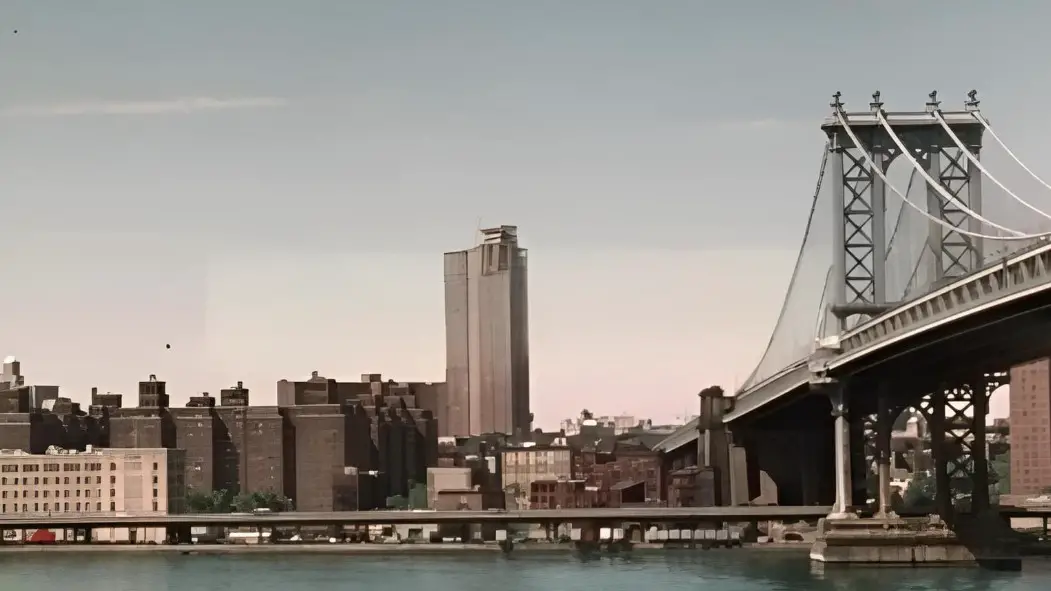
The 1960s and 1970s brought seismic shifts in American society, and Brooklyn became a stage for counterculture movements that challenged the status quo. The borough’s affordability and diverse population made it a fertile ground for activists, artists, and free-thinkers who sought change.
Major Developments
- Civil Rights Activism: Brooklyn was a vital player in the fight for equality, with Bedford-Stuyvesant leading efforts for Black empowerment. Community leaders and activists organized protests, educational programs, and rallies to demand change.
- Women’s Rights Movement: Local grassroots groups championed women’s liberation, creating spaces for discussions, workshops, and campaigns focused on equal pay and reproductive rights.
- Anti-War Protests: As the Vietnam War raged on, Brooklynites took to the streets to voice their opposition, organizing teach-ins and marches that showcased their determination for peace.
Hip-Hop and Street Art Scene in the 1980s and 1990s
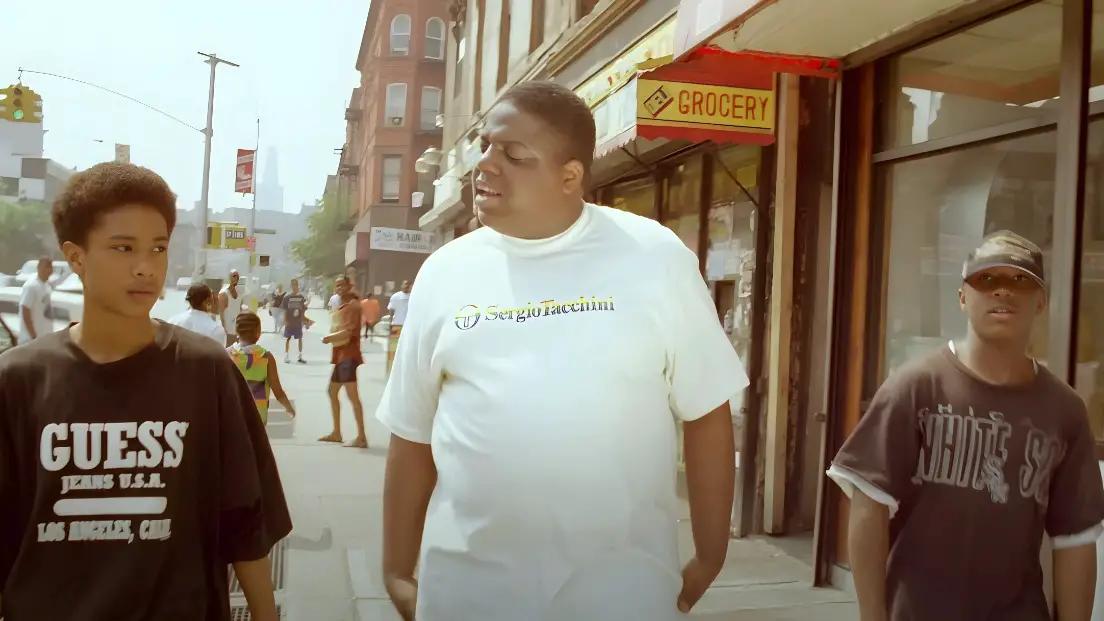
The streets of Brooklyn in the 1980s and 1990s buzzed with the sounds and sights of a cultural revolution. Hip-hop emerged as the voice of a generation, with the borough at its heart. Brooklyn’s influence on the genre went far beyond music, shaping art, fashion, and identity.
- Legendary Artists: The borough produced some of hip-hop’s greatest pioneers, including Big Daddy Kane, Jay-Z, and The Notorious B.I.G., whose stories of struggle and triumph resonated across the world.
- Block Parties: Local block parties became crucibles of creativity, where DJs spun tracks, MCs rapped, and breakdancers electrified crowds. These gatherings were more than entertainment—they were cultural lifelines for the community.
The Rise of Street Art
Graffiti artists claimed Brooklyn’s walls as their canvas, turning ordinary spaces into powerful statements of resilience and identity. Tags, murals, and large-scale works reflected the borough’s raw energy and gave a voice to its youth.
Gentrification and the Changing Face of Social Spaces
View this post on Instagram
The 2000s brought profound changes to Brooklyn. Once known for its working-class roots, the borough became a magnet for young professionals, entrepreneurs, and artists. This influx of wealth and attention sparked a transformation that reshaped Brooklyn’s neighborhoods and social fabric.
- Williamsburg’s Evolution: Once an industrial hub, Williamsburg transformed into a haven for creatives and tech professionals. Its warehouses became lofts, while trendy cafes and boutiques replaced long-standing businesses.
- Rising Costs: Gentrification pushed housing prices sky-high, forcing many long-time residents to relocate. While the economic boom revitalized parts of Brooklyn, it also deepened divides between new and old communities.
Art and Food Scene in Modern Times
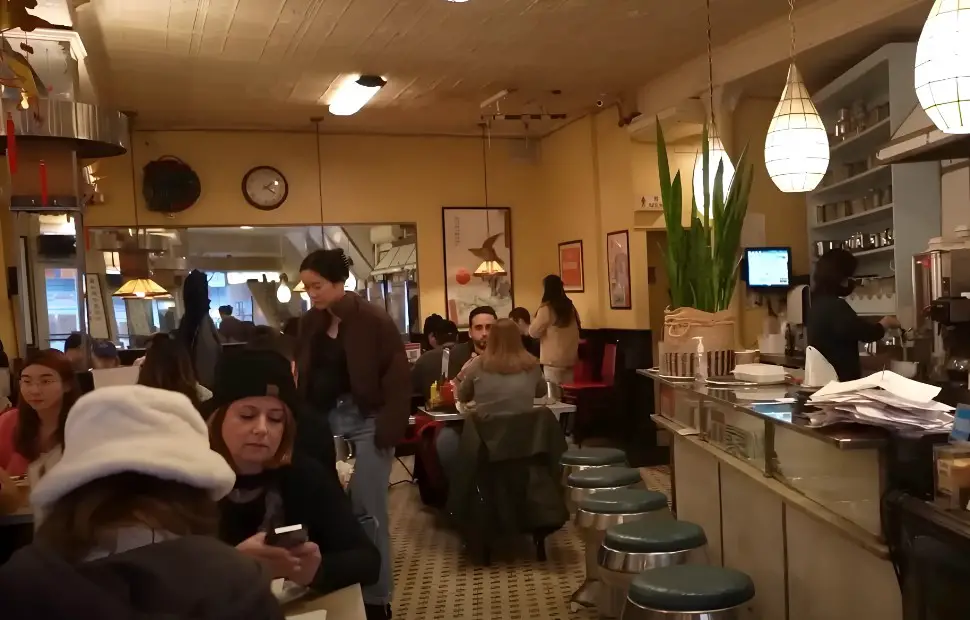
Brooklyn’s modern era has seen it emerge as a global capital for creativity and culinary innovation. Its streets are now lined with art galleries, pop-up markets, and restaurants that draw food lovers and culture seekers from every corner of the world. What began as small, grassroots efforts has grown into a defining feature of the borough’s identity.
Art as a Cultural Anchor
Brooklyn’s art scene thrives in neighborhoods like Bushwick and DUMBO, where old warehouses have become creative hubs. Bushwick, in particular, is celebrated for its open-air gallery of street murals, attracting artists from across the globe. The Brooklyn Museum also stands as a cultural pillar, hosting world-class exhibitions while championing underrepresented voices in the art world.
Culinary Innovation
The food scene in Brooklyn reflects the borough’s diversity and creativity. Restaurants like Di Fara Pizza in Midwood and Peter Luger Steakhouse in Williamsburg honor Brooklyn’s culinary traditions, while establishments like Lilia in Greenpoint bring a modern flair. Food markets such as Smorgasburg offer an eclectic mix of cuisines, allowing visitors to sample dishes from global cultures in a single afternoon.
Tech and Startup Revolution
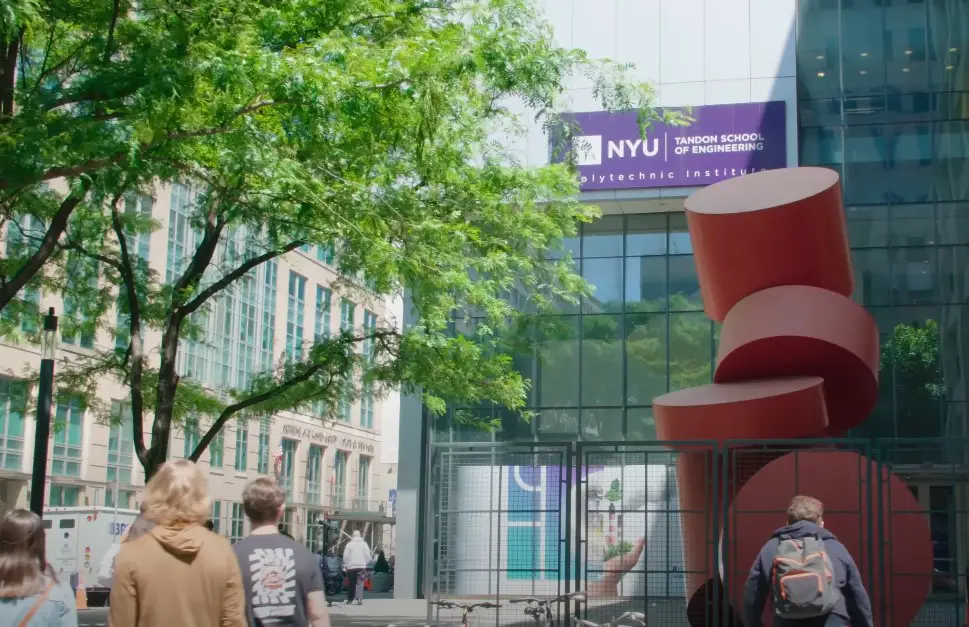
In recent years, Brooklyn has become a surprising player in New York’s tech and startup boom. Known for its gritty charm and creative energy, the borough is now home to an ecosystem of entrepreneurs and innovators transforming the way business is done in the city.
Tech Hubs
DUMBO (Down Under the Manhattan Bridge Overpass) has become a nucleus for startups, with coworking spaces and tech incubators taking over its industrial buildings. Companies specializing in everything from software development to sustainable fashion have found a home in this dynamic neighborhood.
Education and Innovation
Institutions like the NYU Tandon School of Engineering in Downtown Brooklyn have contributed to the borough’s rise as a tech hub. These programs provide the talent pipeline for startups while offering workshops and events that foster collaboration between students and industry professionals.
Festivals, Nightlife, and Event Scene Today
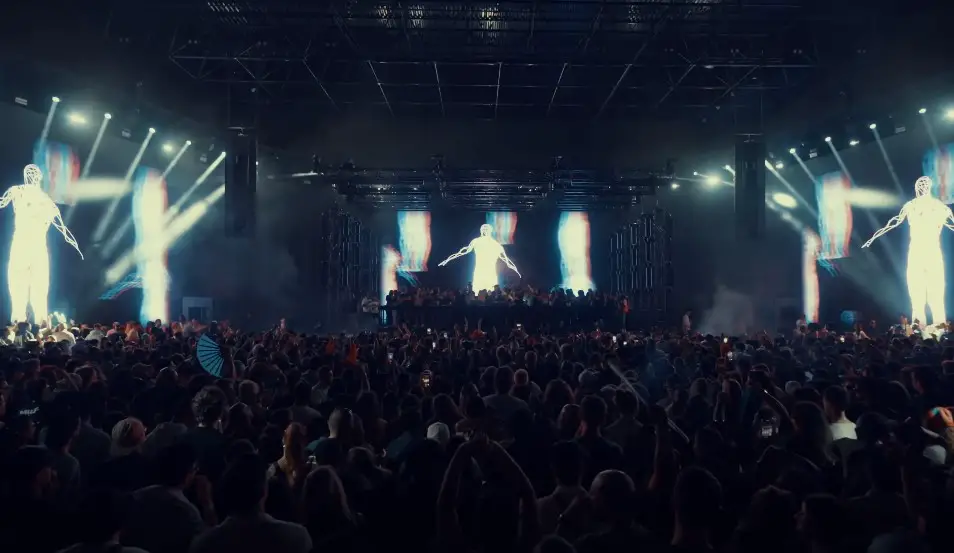
Brooklyn hosts a variety of festivals throughout the year that attract locals and visitors alike. From literary events to cultural parades.
| Festival | Date | Location | Key Highlights |
| Brooklyn Book Festival | September (varies) | Downtown Brooklyn | Celebrates authors and literature, panel discussions, book markets, and author signings. |
| Afropunk Festival | Late August | Commodore Barry Park | Celebrates Black music, art, and culture with live performances, activism, and diversity focus. |
| West Indian American Day Carnival | Labor Day (First Monday in Sep) | Crown Heights, Eastern Parkway | One of the largest Caribbean festivals, vibrant parade, live music, and Caribbean cuisine. |
| Northside Festival | June | Various locations in Williamsburg | Combines music, film, and innovation, featuring indie artists and tech expos. |
| Smorgasburg | April to October (Weekly) | Williamsburg, Prospect Park | Largest weekly outdoor food market in America, with over 100 vendors offering global cuisine. |
FAQs
Final Thoughts
Brooklyn has been at the center of New York’s cultural and social evolution for generations. It has always been a place where people come together to create, celebrate, and challenge the norms. Each chapter of its story—from its immigrant roots to its role in modern tech and art—shows its ability to grow without losing its character.

